The Mathematicians Who’ve Managed to Outwit Casinos
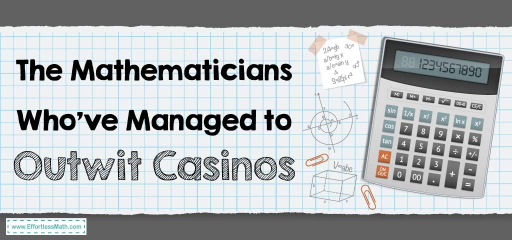
For over half a century, mathematicians have battled Las Vegas casinos and, surprisingly, sometimes won. Armed with formulas instead of firearms, these quiet rebels didn’t rely on luck. They used logic, probability, and cold hard numbers.
And what’s the ultimate result? A series of brilliant minds managed to expose the cracks in games that were designed to beat the player.
From blackjack to roulette, the house usually wins, isn’t that what you’ve observed? But a few outliers proved otherwise. Here’s how:
Foundations of Gambling Mathematics
Understanding casino games starts with one thing: math. Usually, you would think it’s pure luck and speculation, but contrary to popular belief, math actually plays a role. In fact, beneath the flashing lights and spinning wheels lie predictable odds.
Here’s the caveat: it only works if you know how to find them.
| Factor | Description |
| Probability | It tells you the built-in chances of winning or losing. It’s baked into every game, though not always obvious. |
| Expected Value (EV) | This shows what a player stands to gain or lose over time. It’s how professionals judge if a strategy pays off. |
| The House Edge | It is the casino’s built-in advantage. In blackjack, it’s small enough that skilled players can even flip the odds in their favour. |
Math won’t make you win every hand, but it puts you in control more than luck ever will. You only need to start by choosing a casino that is ethical and involves fair play. For that, it’s best to go through a comprehensive casino review before you decide. It’ll give you an objective and comprehensive analysis of the online casino.
Edward Thorp and the Birth of Card Counting
If there’s a single name tied to the mathematical rebellion in Vegas, it’s Edward O. Thorp. Why, you ask? Well, in the early 1960s, Thorp was a professor with a knack for numbers and an interest in blackjack. As a matter of fact, pro-blackjack players only allow a 0.5% advantage to the casinos.
Nevertheless, he discovered that the game wasn’t purely random. By tracking high and low cards played from a deck, players could adjust their bets when the odds favoured them. The technique is now known as card counting. Thorp published his findings in Beat the Dealer (1962), which became a bestseller.
The Impact on Casinos
Later, it became quite a problem for casinos, as players were handed a few tricks to outsmart the casinos. And that, combined with an understanding of the casino bonuses and rewards, makes up for the hefty pressure on the casinos.
His model relied on:
- Counting systems: High-value cards (10s, Aces) favour the player; low-value cards favour the dealer.
- Betting correlation: Players bet big when the deck is rich in high cards.
- Strategy variation: Modifying basic play depending on the count.
His approach was grounded in computer simulations and proved revolutionary for the time. Casinos quickly began to take countermeasures, like reshuffling more often.
Peter Griffin and the Math Behind Basic Strategy
Another key figure was Peter A. Griffin, a math professor who took blackjack analysis a step further. And Griffin wasn’t even trying to beat the house. All he wanted was to understand the game’s structure!
His book, The Theory of Blackjack (1979), laid out the statistical impact of every move a player could make. His contributions also included:
- Quantifying card counter effectiveness through “Betting and Playing Correlations”
- Developing the “Effect of Removal,” the value of each card being taken out of the deck
- Establishing performance metrics for counting systems
What set Griffin apart was his undeniable rigour. He transformed blackjack theory from practical know-how into a quantifiable science.
The MIT Blackjack Team: Mathematics in Action
If Thorp and Griffin laid the groundwork, the MIT Blackjack Team ran with it. That, too, straight to the casino floor.
Starting in the late 1970s, a group of students and alumni from MIT, Harvard, and other schools formed a disciplined team to beat blackjack. They trained rigorously, using Thorp’s card counting systems, Griffin’s analysis, and military-like coordination.
Their model included:
- Spotters: Sat at tables and counted cards discreetly.
- Big Players (BPs): Joined tables when the count was favourable and bet big.
- Bankroll pooling: Profits were shared among investors and team members.
Over two decades, they won millions! Especially in the 1990s, when the casinos were slower to catch on.
Eliot Jacobson: Game Analysis and Hole-Carding
Eliot Jacobson, a former professor in Santa Barbara, didn’t focus on blackjack. Rather, he looked at the games themselves.
Jacobson built a second career around analyzing how new casino games could be exploited. Using simulations and mathematics, he revealed vulnerabilities in games like:
- Baccarat
- Three-Card Poker
- Ultimate Texas Hold’em
But he also became a leading expert in hole-carding. It’s a legal but rare technique where players catch a glimpse of the dealer’s face-down card. With that info, the edge can swing dramatically.
Jacobson’s influence reached deep into casino security. Moreover, he now trains gaming staff in spotting advantage players.
James Grosjean: Advanced Strategies and Legal Fights
James Grosjean actually took the fight from tables to courtrooms. An expert in advanced advantage play, Grosjean exploited everything from shuffle tracking to hole-carding. But his battles weren’t just with the games; instead, they were with the casinos themselves.
In 2001, Grosjean sued Caesars and Griffin Investigations after he was illegally detained and blacklisted for suspected card counting. He won, setting a legal precedent that shifted the balance of power slightly towards players.
His book, Beyond Counting, is still considered a bible among professional players.
Why he matters:
- Showed the value of legal awareness alongside technical skill
- Expanded the toolkit of advantage play beyond counting
- Held casinos accountable for misconduct
Casino Countermeasures and the Math Arms Race
Casinos didn’t sit quietly while math-savvy players walked off with winnings, did they? Once it became clear that advantage play was real, the industry went on high alert.
They first introduced continuous shuffling machines (CSMs). And these machines were meant to make traditional card counting nearly impossible. Surveillance improved as well, and top casinos began using facial recognition systems.
They also kept internal databases to flag skilled players. In many cases, betting limits were quietly reduced for players they suspected were counting. Dealers also received sharper training to prevent tricks like hole-carding.
This ongoing back-and-forth has become a game of its own. Nevertheless, smart players keep finding new edges, while casinos find new ways to block them.
Here are some of the most common tools casinos use today to guard their edge:
- Shuffling mid-shoe to break up the count
- Reducing how deep into the deck the game is dealt (known as “deck penetration”)
- Extra table surveillance, especially at high-stakes games
- Using automatic card shufflers instead of manual deals
- Tracking frequent winners for potential patterns
Still, even the tightest system has a crack somewhere. And what do the best punters do? They know how to find it and make it happen.
Conclusion
The battle between math and luck in Las Vegas is far from over. From Edward Thorp’s first calculated bets to the legal fights of James Grosjean, history repeats itself. Moreover, every player who used math to beat the house has shaped the way casinos operate today.
They didn’t rely on superstition or streaks. Rather, they relied on data, discipline, and risk management. And while the house edge still rules most games, these mathematicians proved that with the right knowledge, even Vegas can be vulnerable.
So next time you walk past a casino floor, remember that behind those flashing lights are decades of equations. And there are a few brilliant minds who somehow cracked them.
Related to This Article
More math articles
- 3rd Grade IAR Math Practice Test Questions
- How to Construct Triangles? (+FREE Worksheet!)
- Top 10 8th Grade SBAC Math Practice Questions
- 7th Grade Georgia Milestones Assessment System Math Worksheets: FREE & Printable
- How to Evaluate Recursive Formulas for Sequences
- How to Find The Slope of Roots: Derivative of Radicals
- How to Find Distance of Two Points? (+FREE Worksheet!)
- Full-Length SSAT Lower Level Practice Test-Answers and Explanations
- 10 Most Common 3rd Grade NYSE Math Questions
- The Ultimate MTTC Mathematics (Elementary) (089) Course (+FREE Worksheets & Tests)
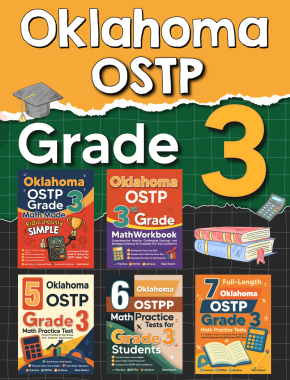
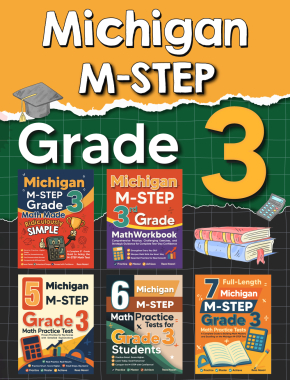
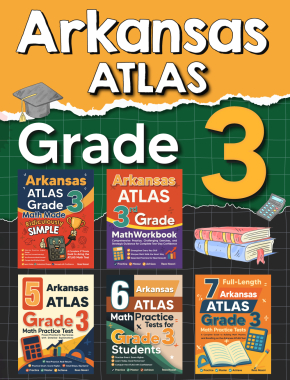
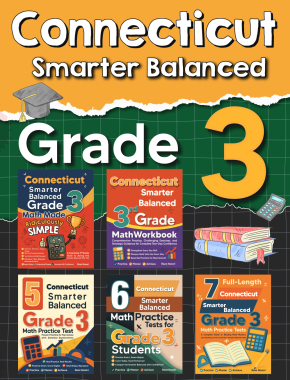

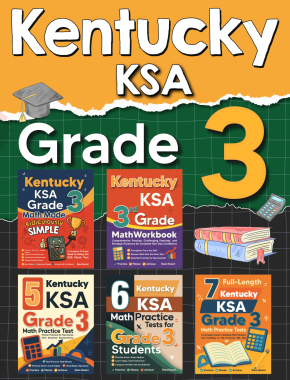





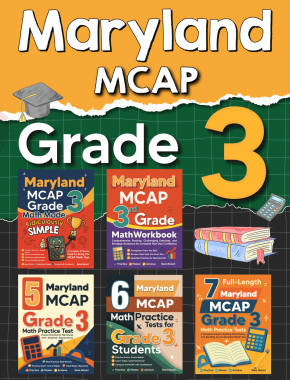
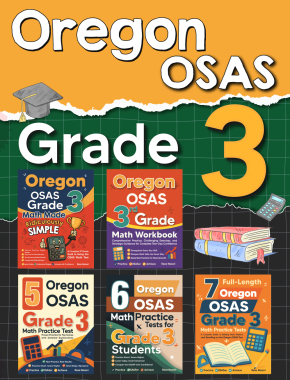























What people say about "The Mathematicians Who’ve Managed to Outwit Casinos - Effortless Math: We Help Students Learn to LOVE Mathematics"?
No one replied yet.